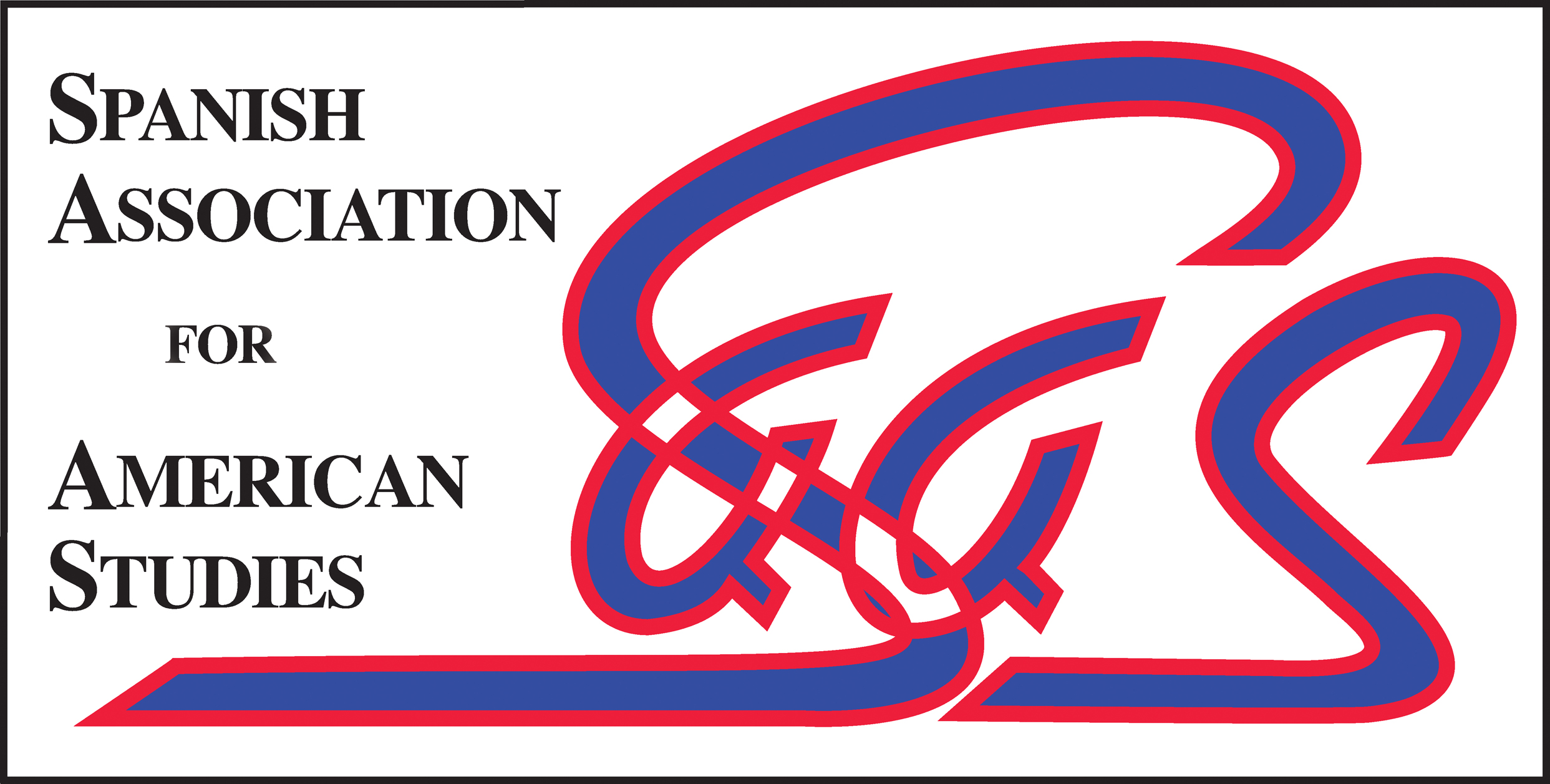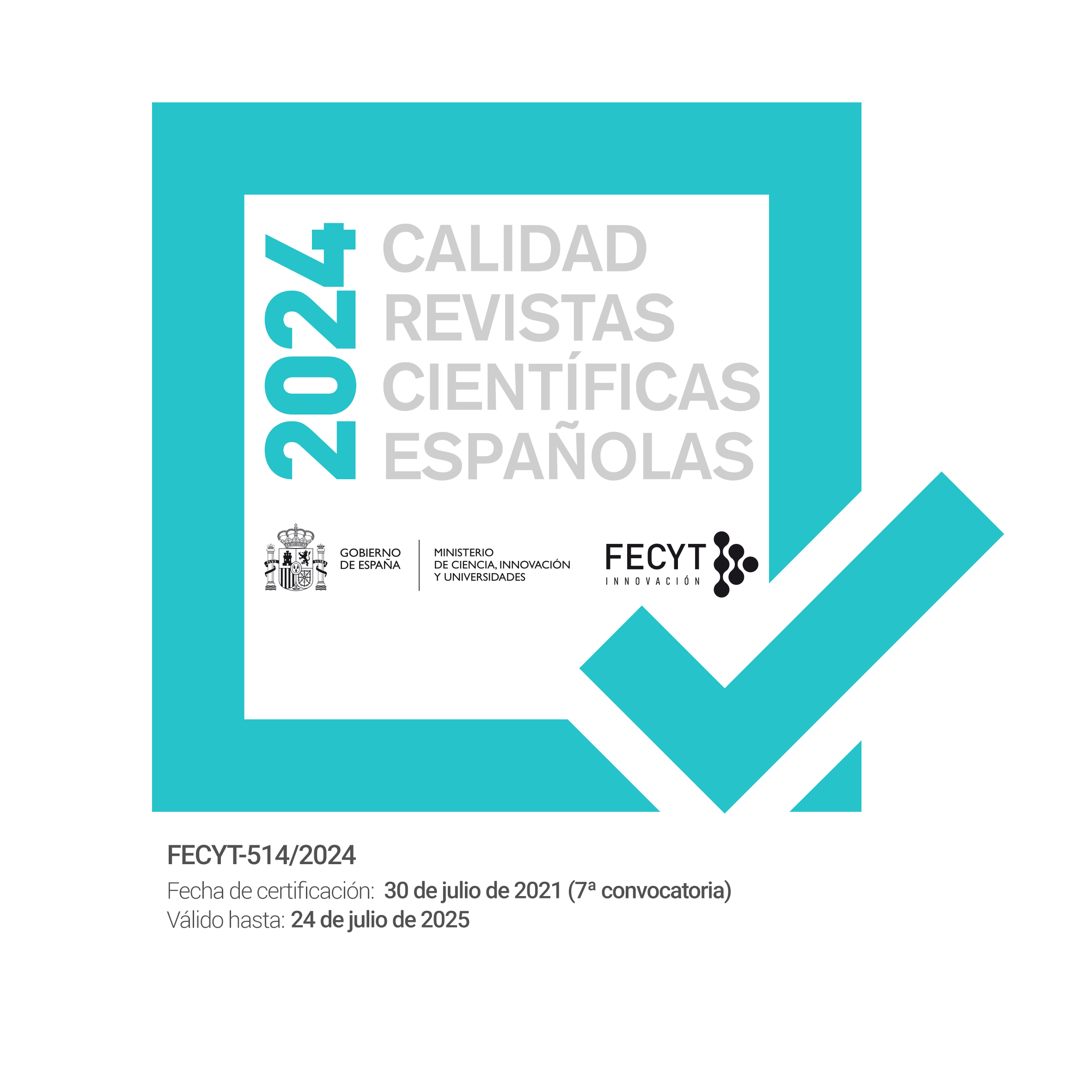Environment and the Somatic Body in Cherríe Moraga’s Heroes and Saints and Edwidge Danticat’s The Farming of Bones
DOI:
https://doi.org/10.12795/REN.2021.i25.04Keywords:
postcolonial ecocriticism, disrupted bodies, toxicity, environmental racism, memory, rupture, GlissantAbstract
The paper offers a cross-cultural literary analysis of Chicana Cherríe Moraga’s Heroes and Saints (1992) and Haitian American Edwidge Danticat’s The Farming of Bones (1998) and compares the play and the novel on the basis of their shared thematic link of interwoven environmental and racial violence directed against marginalized people of color. Despite the works’ geographically distant contexts—set in the US Southwest and the Caribbean island of Hispaniola, respectively—and the differing collective traumas of genocide the texts dramatize, I highlight that both narratives foreground the motif of violated nature as a primary critical lens to unveil and critique the ongoing practices of colonialism permeating twentieth-century US and Caribbean politics. The interlocking images of women-of-colors’ disfigured bodies and the environmental devastation caused by (post)colonial violence underline the pervasiveness of harm done to both earth and the somatic body.
Downloads
References
WORKS CITED
Alaimo, Stacy. Bodily Natures: Science, Environment, and the Material Self. Indiana UP, 2010.
Braziel, Jana Evans. “‘Caribbean Genesis:’ Language, Gardens, Worlds (Jamaica Kincaid, Derek Walcott, Edouard Glissant).” Caribbean Literature and the Environment: Between Nature and Culture, edited by Elizabeth M. DeLoughrey, Renée K. Gosson, and George B. Handley, University of Virginia Press, 2005, pp. 110-126.
Cless, Downing. “Eco-Theatre, USA: The Grassroots Is Greener.” TDR (1988-), vol. 40, no. 2, 1996, pp. 79–102.
Edwidge, Danticat. The Farming of Bones. Abacus, 1999.
Davies, Telory W. “Race, Gender, and Disability: Cherrie Moraga's Bodiless Head.” Journal of Dramatic Theory and Criticism, vol. XXI, no. 1, 2006, pp. 29-44.
DELOUGHREY, Elizabeth, and George B. Handley, editors. Postcolonial Ecologies: Literatures of the Environment. Oxford UP, 2011.
---. “Ecocriticism: The Politics of Place.” The Routledge Companion to Anglophone Caribbean Literature, edited by Michael A. Bucknor and Alison Donnell, Routledge, 2011, pp. 265-275.
Glissant, Edouard. Caribbean Discourse: Selected Essays. University of Virginia Press, 1989.
---. Poetics of Relation. University of Michigan Press, 1997.
Hewett, Heather. “At the Crossroads: Disability and Trauma in ‘The Farming of Bones.’” MELUS, vol. 31, no. 3, 2006, pp. 123–145.
HUGGAN, Graham, and Helen Tiffin. Postcolonial Ecocriticism: Literature, Animals, Environment. Routledge, 2015.
Milian Arias, Claudia M. “Studying New World Negro Problems: Open Double Consciousness and Mulatinidad in Edwidge Danticat's The Farming of Bones.” The CLR James Journal, vol. 10, no.1, 2004, pp. 123-153.
Moraga, Cherríe. Heroes and Saints. Contemporary Plays by Women of Color: An Anthology, edited by Kathy E. Perkins and Roberta Uno. Routledge, 2005, pp. 332-378.
Pulitano, Elvira. “Landscape, Memory, and Survival in the Fiction of Edwidge Danticat.” Anthurium: A Caribbean Studies Journal, vol. 6., no. 2, 2008, pp. 1-20.
Spleth, Janice. “Narrating Genocide: Edwidge Danticat's The Farming of Bones and Yolande Mukagasana's N'aie pas peur de sa voir.” West Virginia University Philological Papers, vol. 54, 2011, pp. 144-150.















